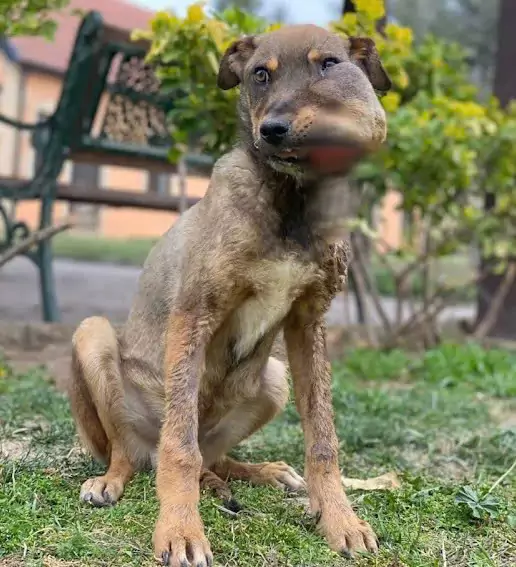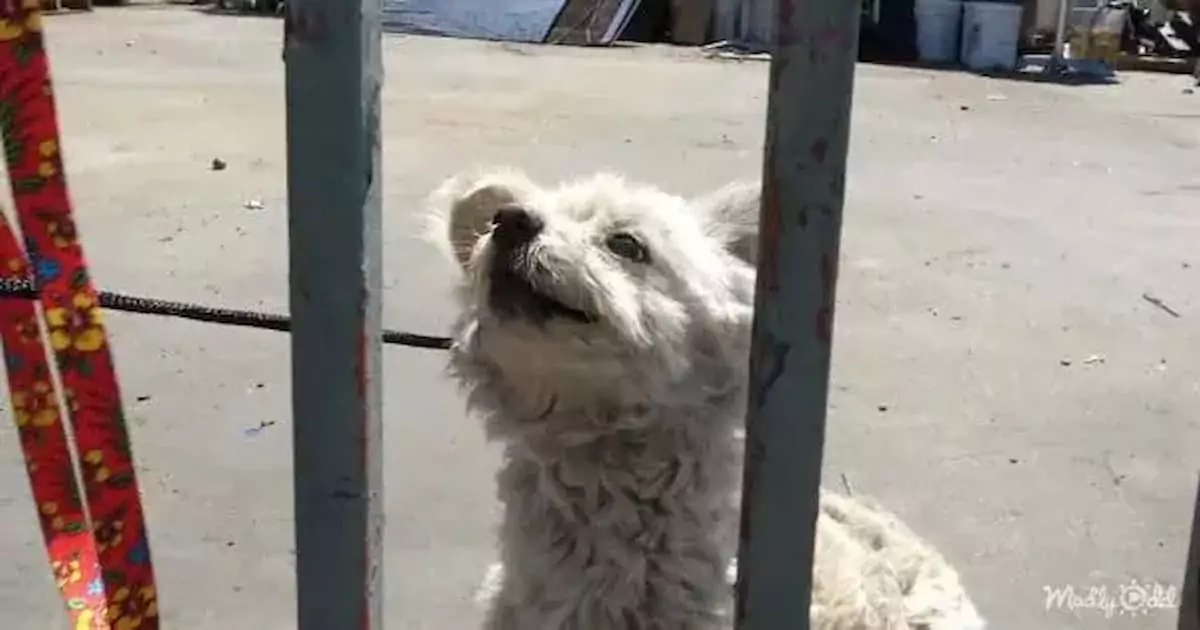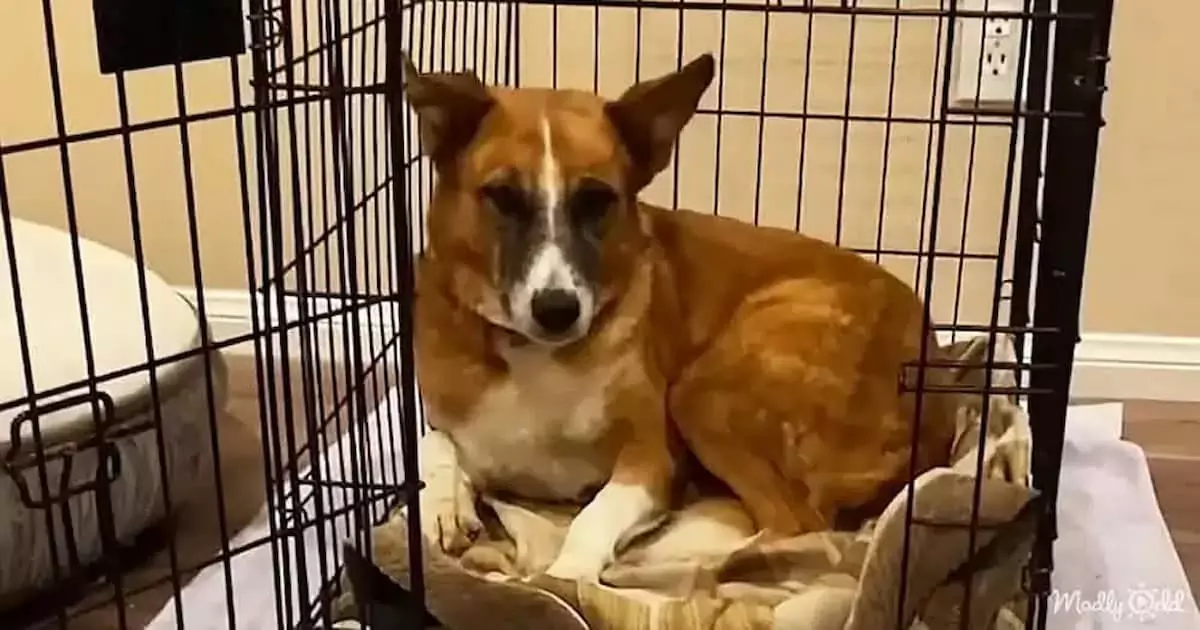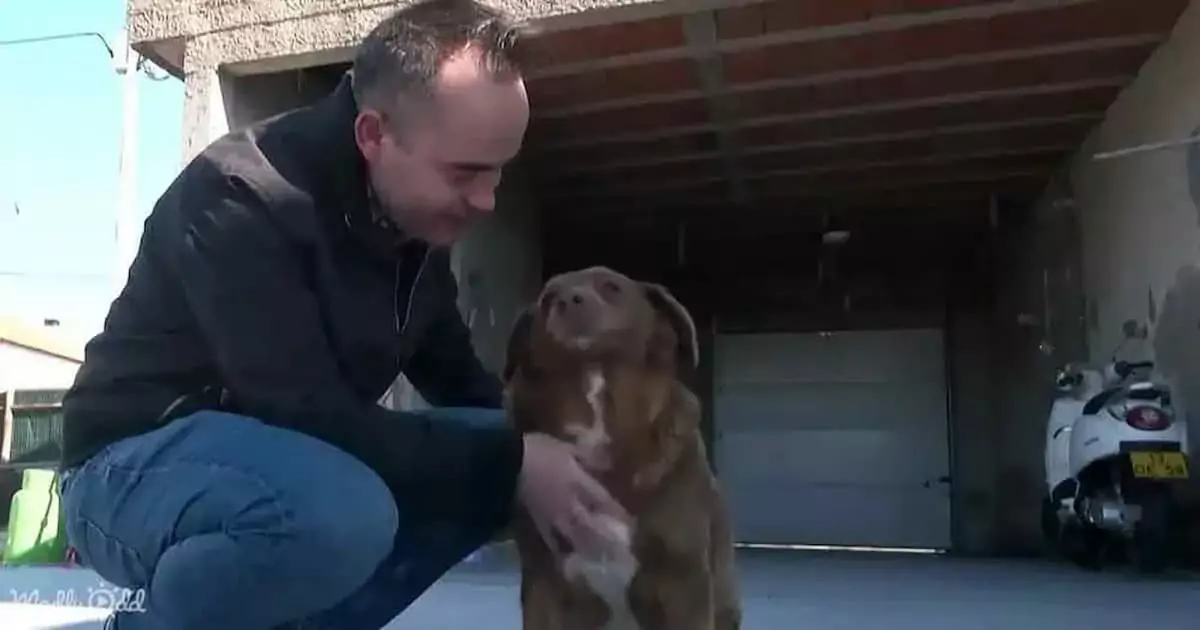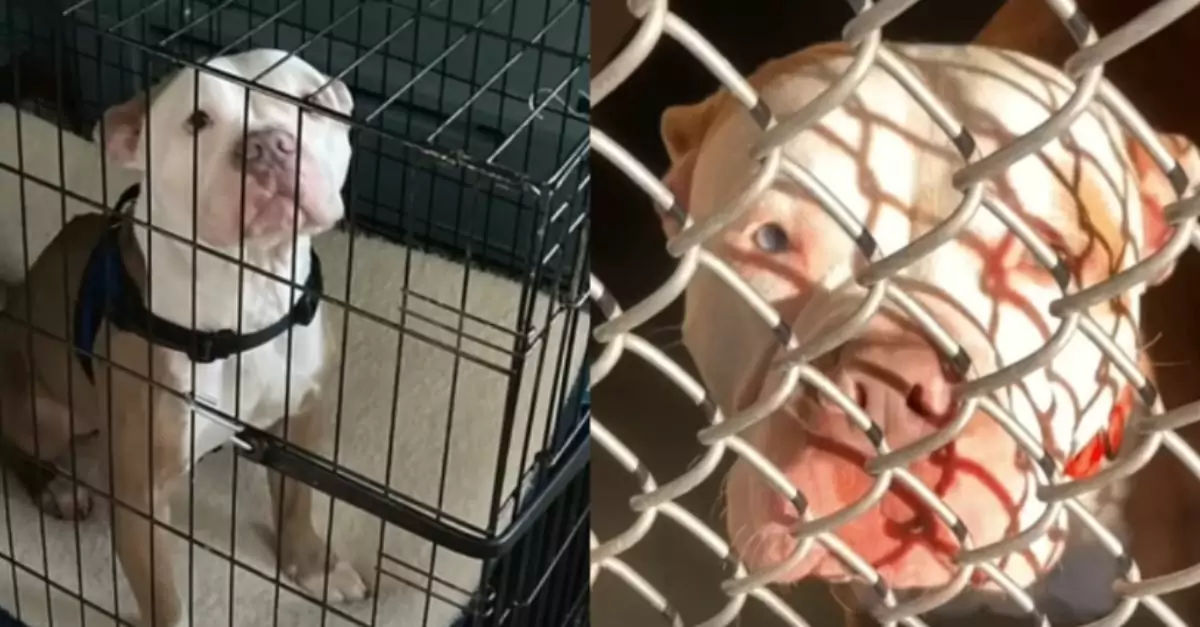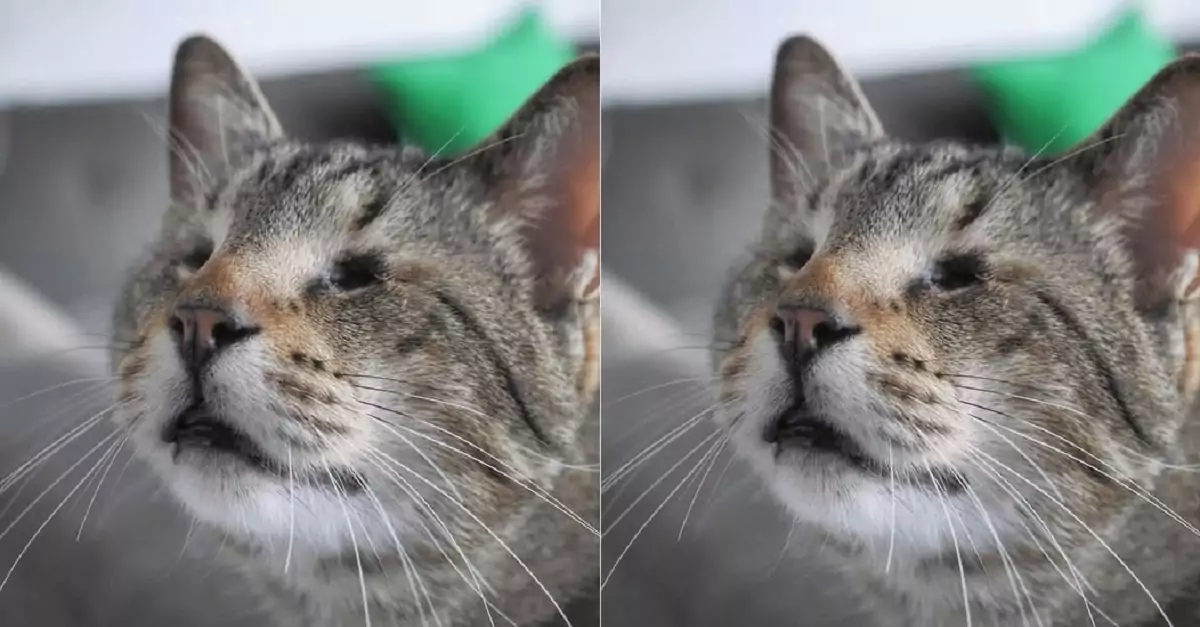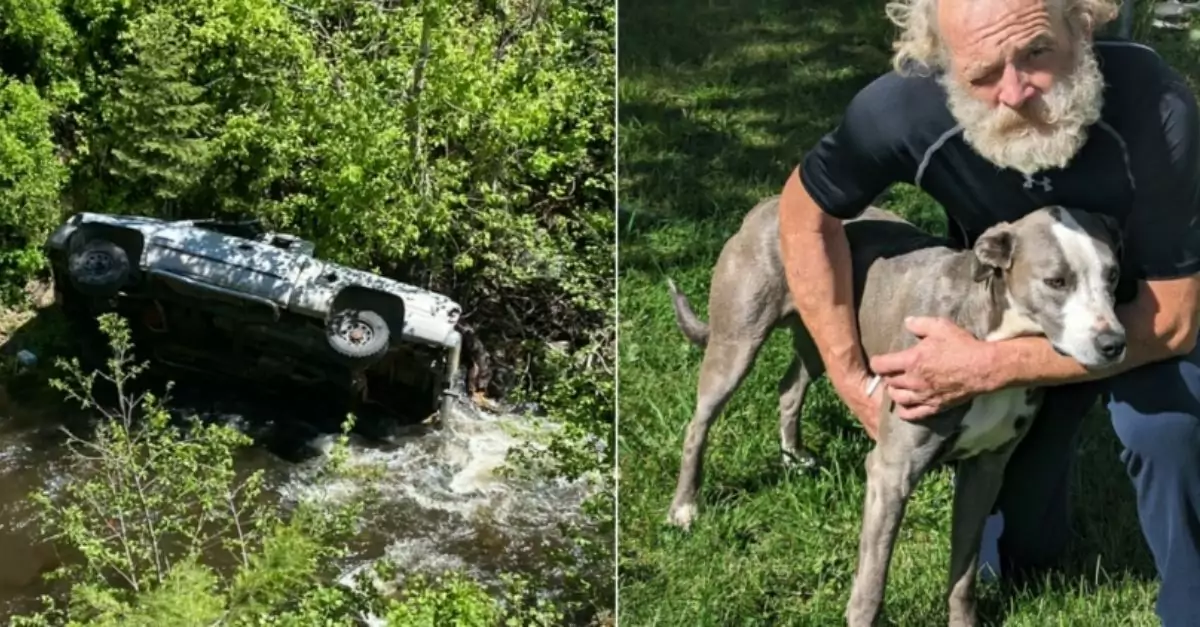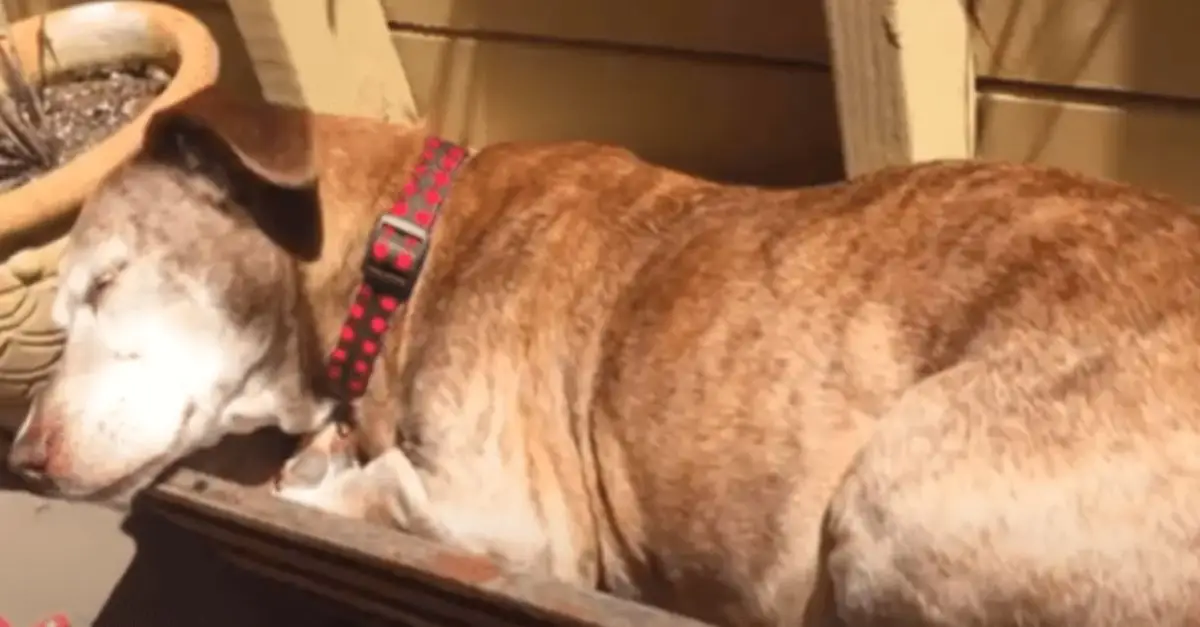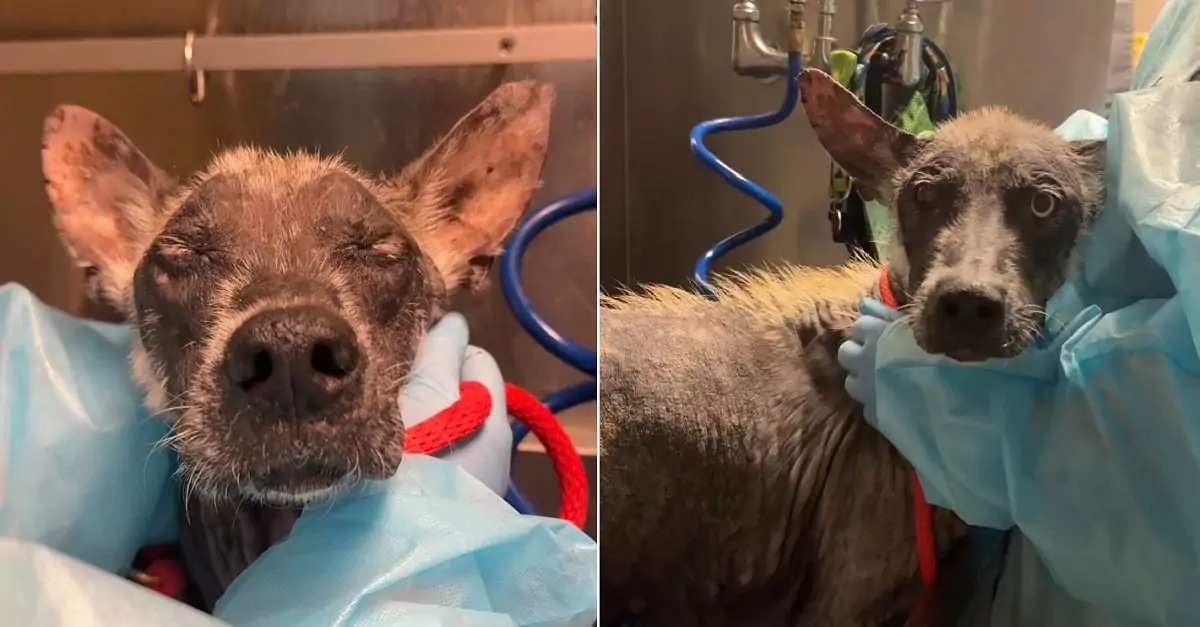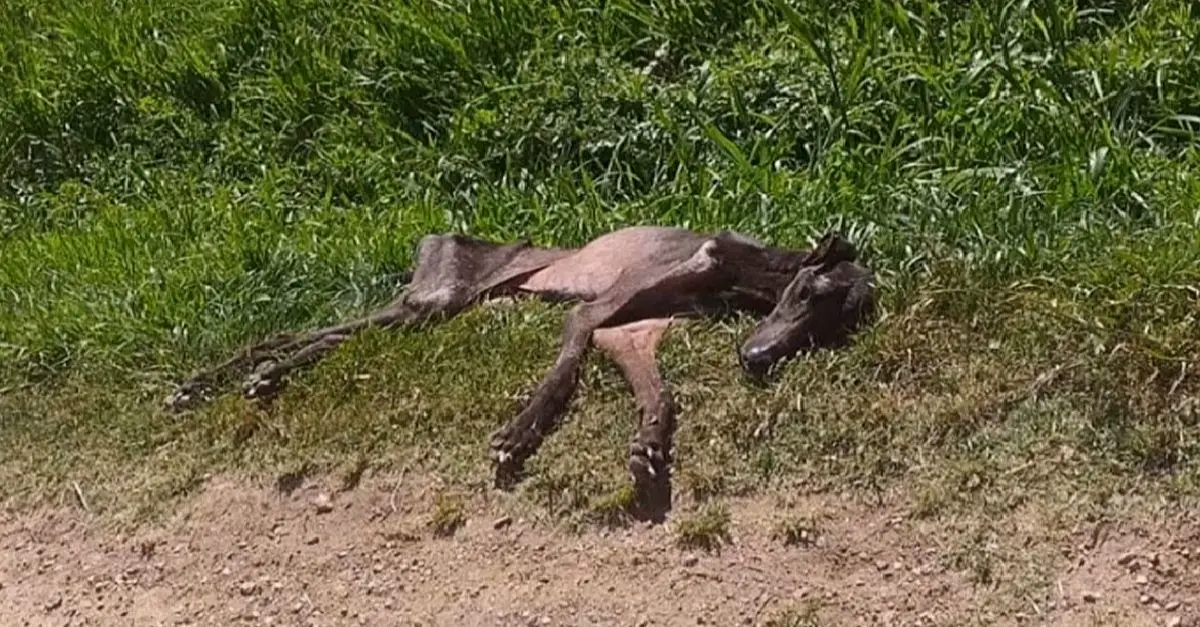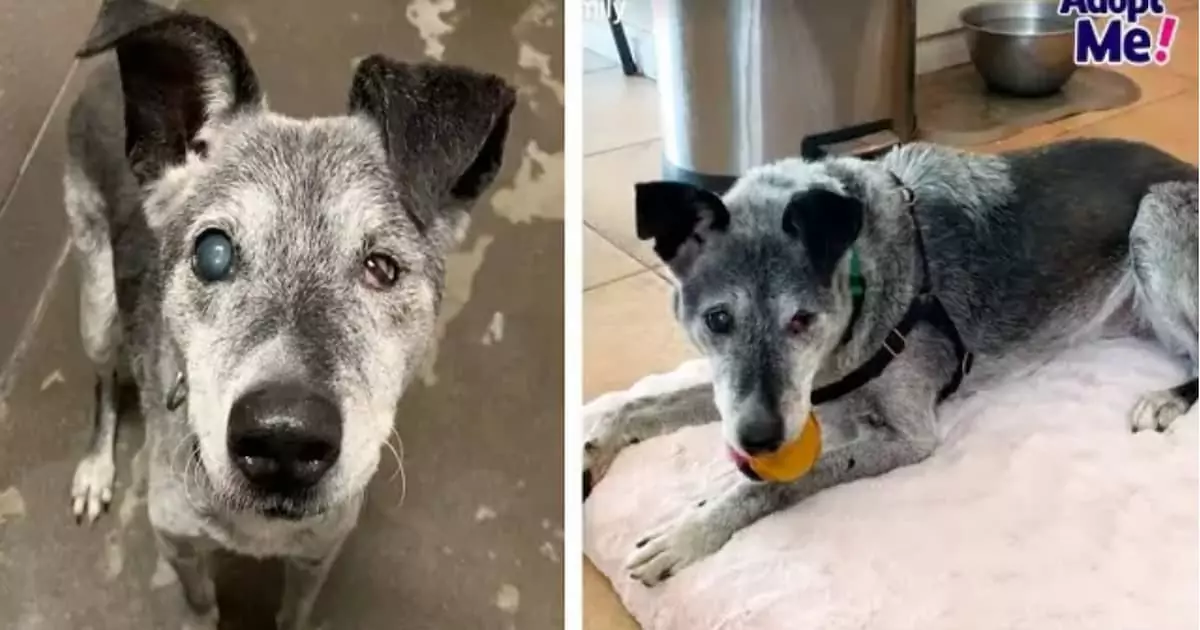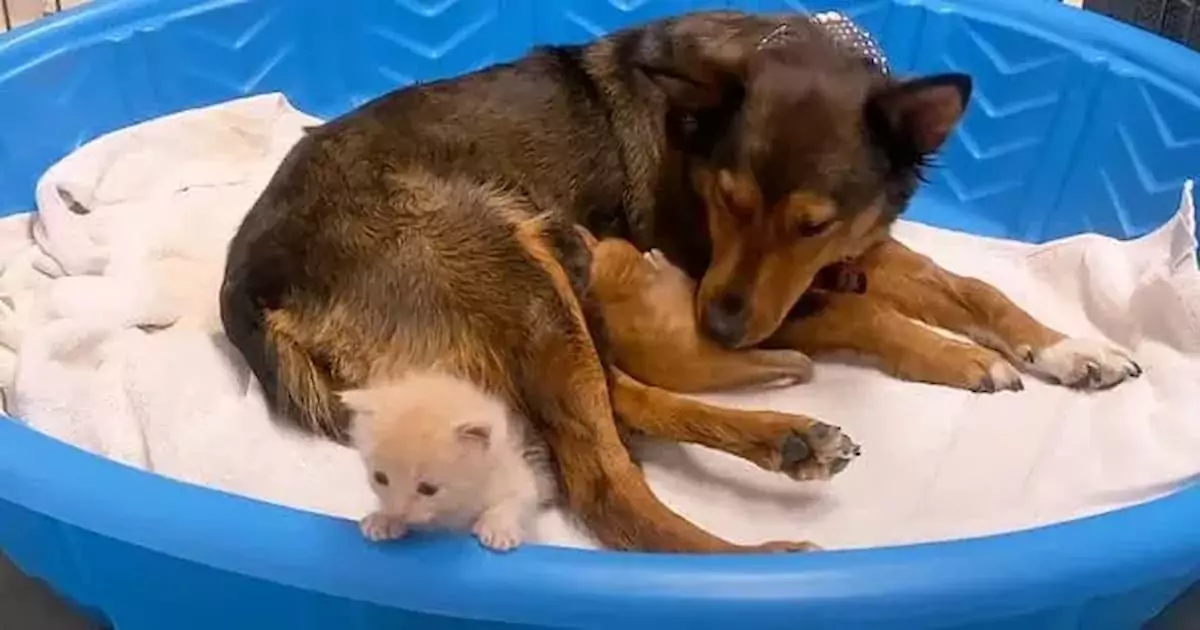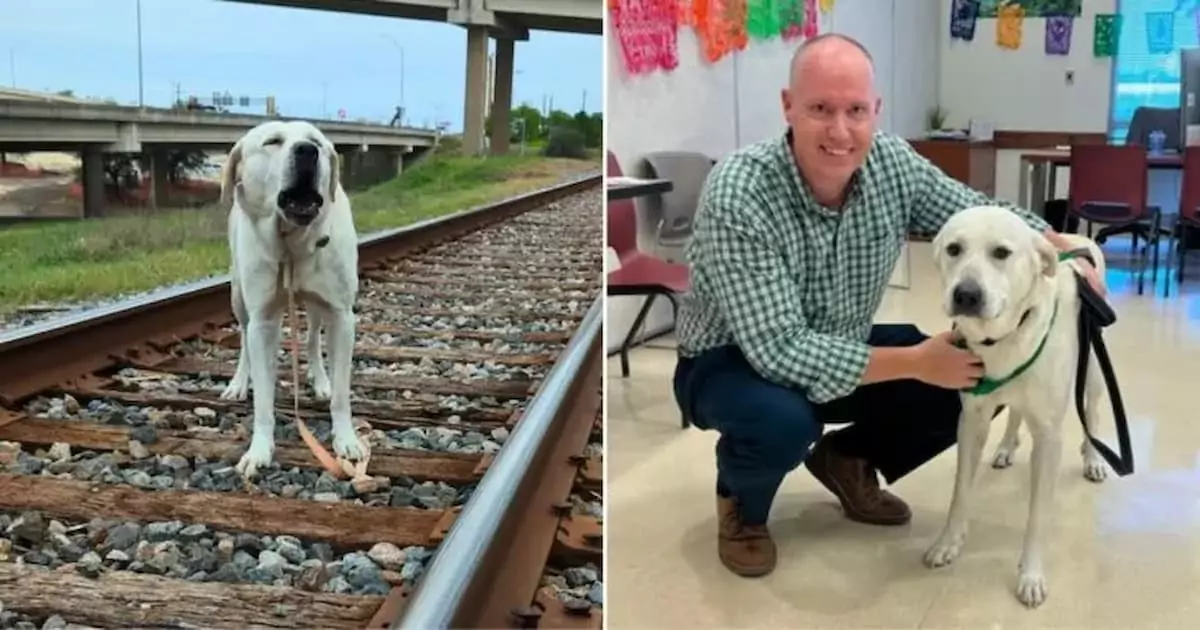The hum of the aircraft engines was a constant lullaby, usually unnoticed by the seasoned travelers aboard. But today, a different kind of tension vibrated through the cabin of Flight 342 from Paris to New York. A small whimper, escalating into distressed gasps, pierced the usual drone. It came from beneath a seat in the economy section, a carrier containing a three-year-old French Bulldog named Louis.
Louis’ owner, a young woman named Chloé, was frantic. The short-muzzled breed was known for its breathing difficulties, and the stress of travel, combined with the cabin pressure, was clearly taking its toll. Louis was panting heavily, his small chest heaving, and his tongue, usually a healthy pink, was starting to turn a worrying shade of blue. Panic welled in Chloé’s eyes as she realized her beloved companion was struggling for air.
The flight attendants, trained for a multitude of in-flight emergencies, were alerted by Chloé’s increasingly desperate pleas. Among them was a young woman named Élise. With a calm demeanor that belied the urgency of the situation, Élise knelt beside Chloé, her eyes assessing Louis’ distress with practiced efficiency. She recognized the signs of hypoxia – the dangerous lack of oxygen.
Regulations dictated that animals remain in their carriers during the flight, but Élise knew this was beyond a simple rule. A life was at stake. Without hesitation, she made a quick decision, her priority clear: the well-being of the small, struggling creature.
“We need to get him some oxygen,” Élise stated firmly, her voice cutting through Chloé’s sobs. She immediately contacted the cockpit, explaining the emergency. Time was of the essence.
While the captain made arrangements, Élise, with the help of another empathetic flight attendant, began to improvise. They retrieved a small, portable oxygen tank from the emergency medical kit. However, the standard oxygen masks were designed for human faces, far too large for Louis’ small muzzle.
Thinking quickly, Élise grabbed a spare water bottle and a pair of scissors. With nimble fingers, she carefully cut the bottom off the bottle, creating a makeshift, smaller mask that could fit over Louis’ nose and mouth. It wasn’t perfect, but it was their only chance.
With gentle hands, Élise and Chloé coaxed the frightened dog closer. Louis, instinctively sensing their concern, offered little resistance. Élise carefully placed the improvised mask over his face and slowly released a gentle stream of oxygen.
The effect was almost immediate. The frantic gasping began to subside, replaced by slightly less labored breaths. The alarming blue tinge on Louis’ tongue started to recede, replaced by a healthier pink. Chloé sobbed with relief, her hands stroking Louis’ fur with gratitude.
Élise remained by their side for the rest of the flight, monitoring Louis’ breathing, adjusting the oxygen flow, and offering Chloé words of comfort. Other passengers, initially concerned by the commotion, watched with empathy, understanding the deep bond between a human and their beloved pet.
As the plane began its descent into JFK, Louis was breathing steadily, his eyes no longer filled with panic but with a soft, trusting gaze towards Élise. Upon landing, the paramedics who had been alerted checked Louis thoroughly, confirming that Élise’s quick thinking and compassionate actions had indeed saved his life.
The story of Élise’s selfless act spread quickly through the airline and beyond. She wasn’t just following protocol; she had gone above and beyond, her empathy and resourcefulness making the difference between life and death for a small, vulnerable creature. She became a symbol of compassion in the skies, a reminder that even amidst the hustle and bustle of air travel, humanity and kindness can soar to extraordinary heights. For Chloé and Louis, Élise wasn’t just a flight attendant; she was an angel who had given their beloved French Bulldog a second chance at life, a testament to the profound impact of a single act of caring.
